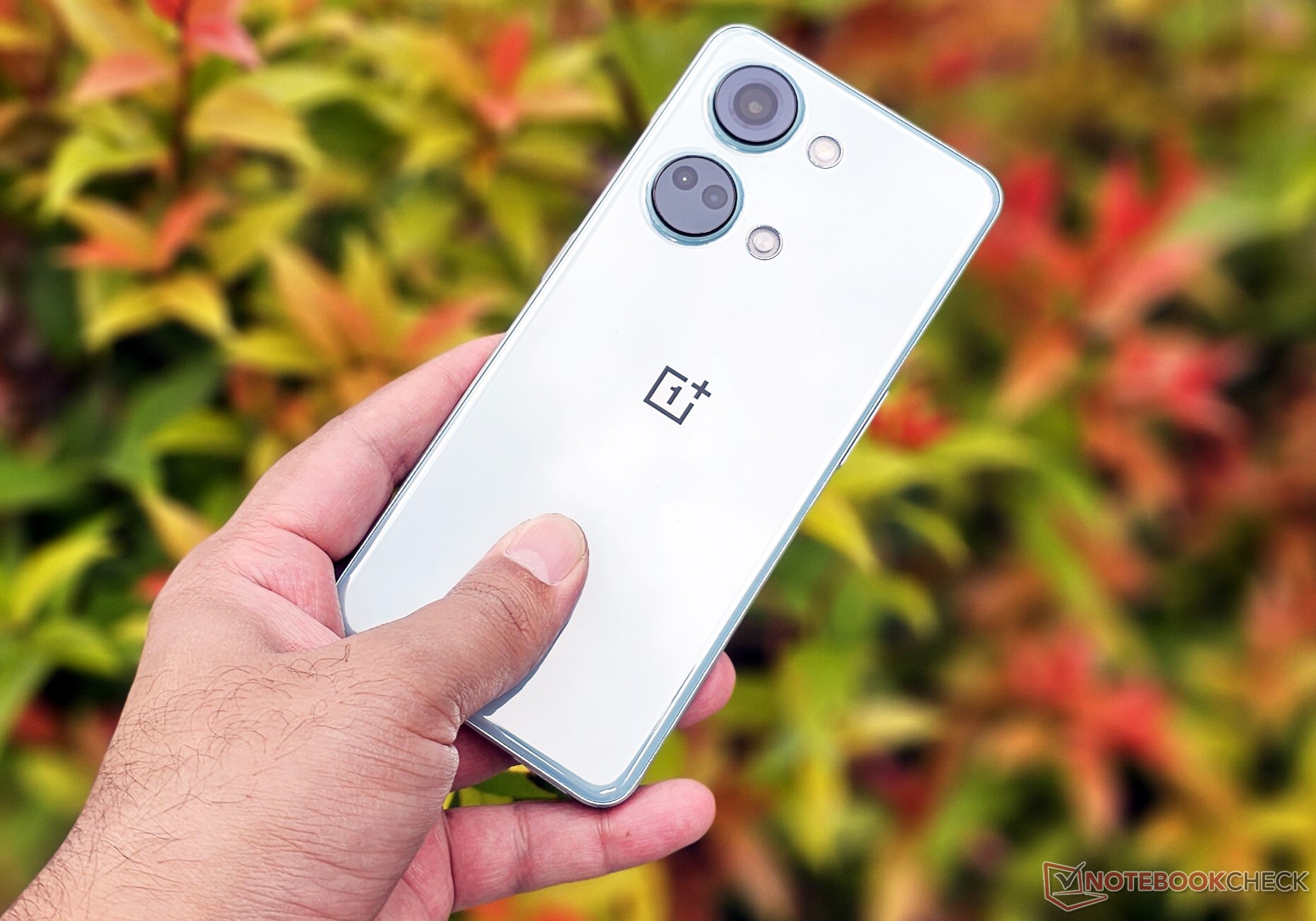
The 16 MP selfie camera takes good selfies in proper lighting conditions. Skin tones and finer facial details are well-reproduced. Portrait results are generally satisfactory, although the bokeh effect could be more pronounced. Videos from the front-facing camera are capped at 1080p 30 fps.
Even without the Hasselblad branding, the Nord 3’s 50 MP Sony IMX890 primary camera produces results that are quite similar to that of the OnePlus 11. Details are nicely represented with good color saturation. Noise isn’t very noticeable unless viewed at 100% crop.
Unlike the Apple iPhone 14 Pro, the Nord 3 is able to preserve a good amount of detail in shadows as well. The main camera performs 12.5 MP pixel binning by default, but you also get the option to shoot in 50 MP directly.
In normal mode, the camera is capable of doing a 2x optical zoom. The zoomed photos are serviceable for regular use with decent color reproduction and clarity. However, we observe that the camera finds it difficult to resolve some of the finer details, such as on the wall behind the car in the photo below.
In addition to the primary camera, the 8 MP Sony IMX355 ultra-wide camera on the Nord 3 also delivers good results. However, the colors appear slightly muted compared to the main camera. OnePlus has reduced the ultra-wide angle from 120° in the Nord 2 to 112° in the Nord 3 apparently to minimize lens distortion.
In the photos below, both the Nord 3 and OnePlus 11 exhibit color fringing at the edges of the buildings. This is not the case with the iPhone 14 Pro and the Samsung Galaxy S23 Ultra.
The main camera and ultra-wide automatically switch to Night mode in low light with no way to turn this off. However, night mode needs to be manually activated when using the 2x zoom mode.
Low light photos come out surprisingly well on the Nord 3 with low noise and good resolution of details such as the teddy bear’s fur and text on its shirt.
The main camera supports video recording up to 4K 60 fps, but EIS is only available in 1080p settings.
Source link
 notebook.co.id informasi dan review notebook laptop tablet dan pc
notebook.co.id informasi dan review notebook laptop tablet dan pc